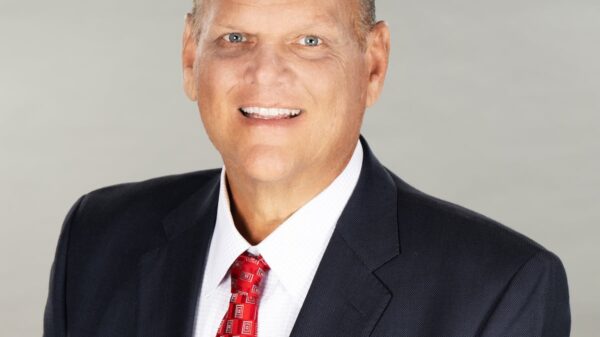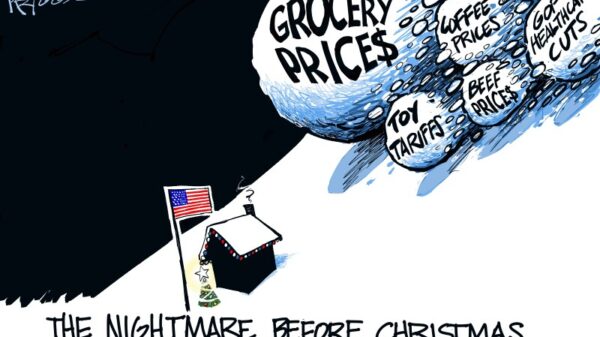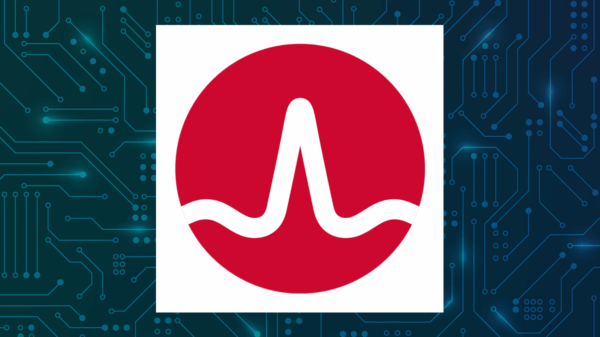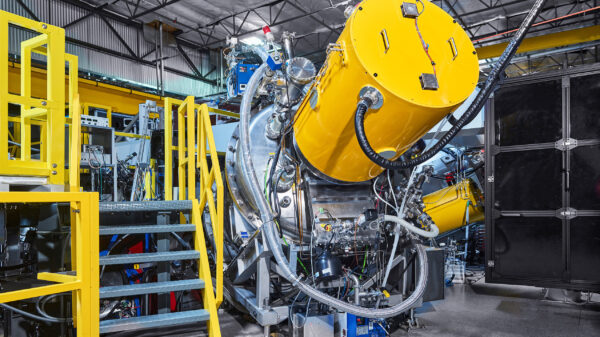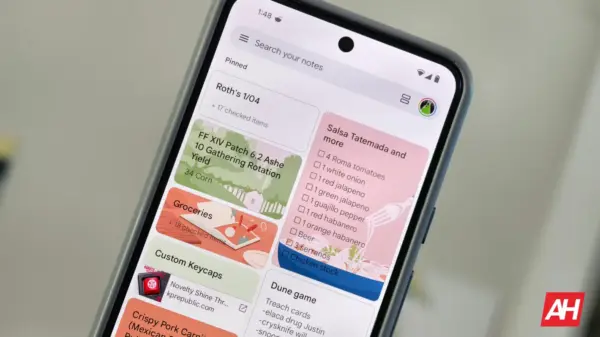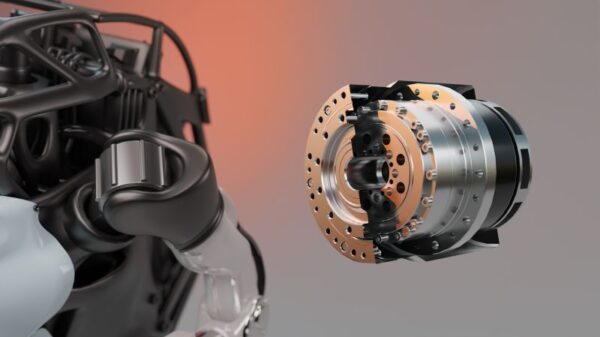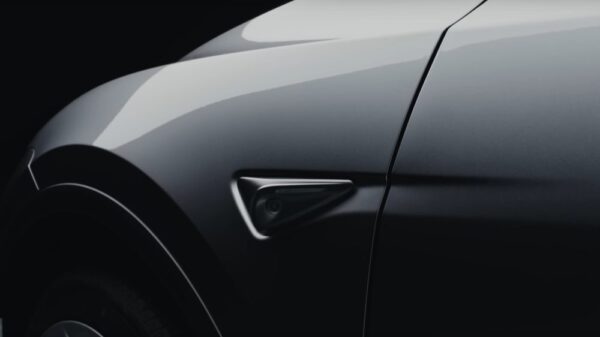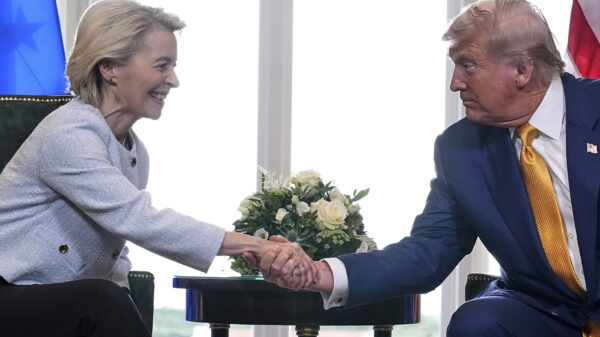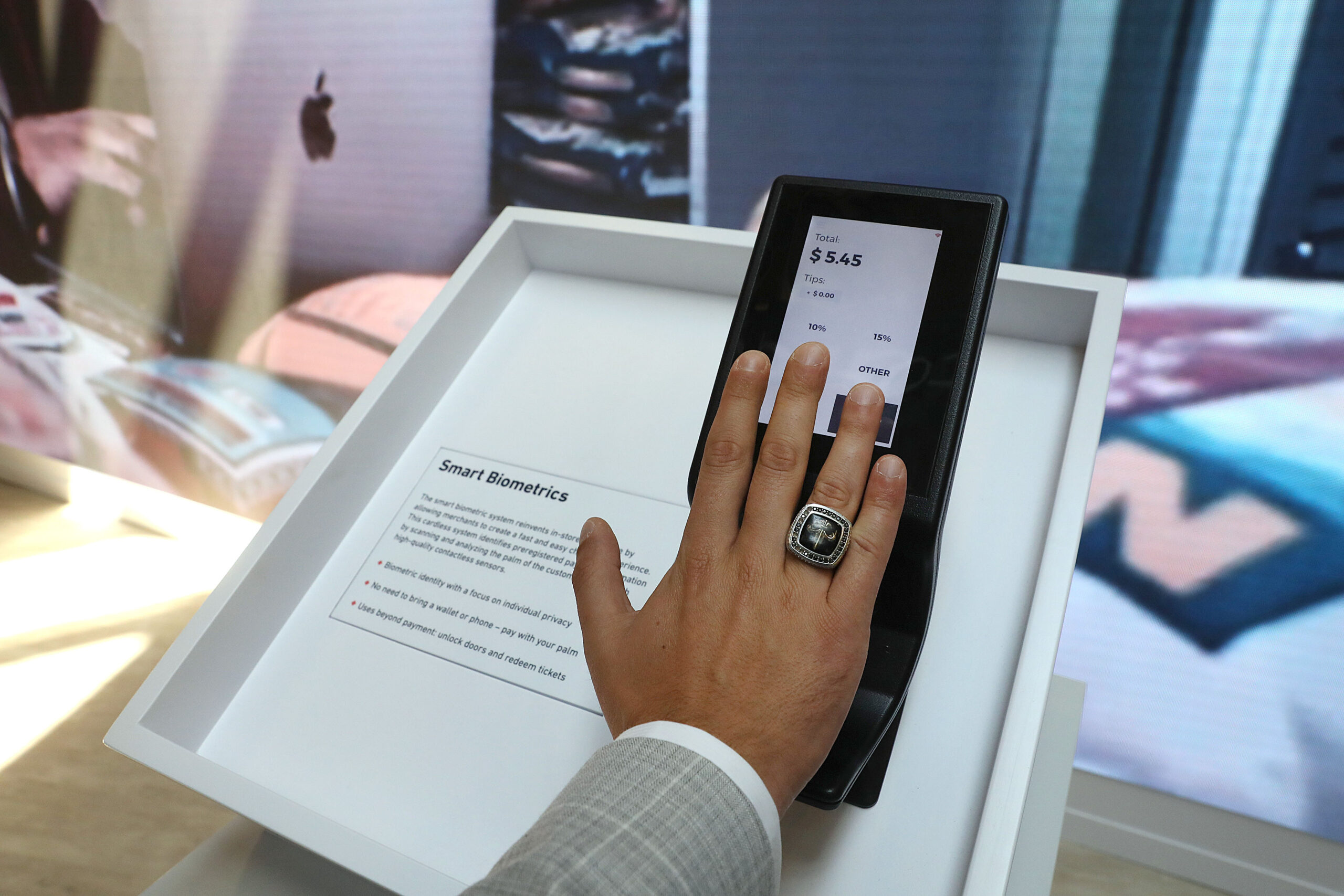As biometric payment methods begin to take hold in the retail landscape, major companies like Amazon and PopID are leading the charge in the United States. While many consumers have embraced mobile payment options, such as tapping their phones at checkout, using biometric features like palm or facial recognition remains less common. However, industry experts such as Christopher Miller, lead analyst at Javelin Strategy & Research, suggest that early adopters may pave the way for broader acceptance of these innovative payment systems.
According to projections from Goode Intelligence, nearly 3.5 billion people worldwide will utilize biometric payments by 2030. A recent survey conducted by Javelin revealed that 68% of consumers have already engaged with biometric technology in some form, while 47% indicated they would likely use biometric authentication at retail terminals.
The Role of PopID in Biometric Payments
PopID, a subsidiary of Cali Group, is currently implementing biometric checkout solutions in over 380 locations across the United States. The company has partnered with J.P. Morgan Payments to introduce pay-by-face technology to various merchants, including the popular restaurant chain Whataburger. Customers at Whataburger can register through the mobile app, enabling them to pay using their face at checkout. This proactive registration process is designed to address consumer concerns about the unauthorized collection of biometric data.
Whataburger has reported faster checkout times and heightened customer loyalty engagement since integrating this technology. As more retailers adopt similar systems, the potential for biometric payments to become a mainstream option increases.
Amazon’s Innovative Payment Solution
Another key player in this sector is Amazon, which employs palm-vein recognition technology through its Amazon One service. This system identifies users by analyzing the unique vein patterns in their palms. The technology is currently operational at more than 500 locations, including Whole Foods Market, Amazon Go, and various stadiums and airports across the U.S.
As the demand for biometric payment methods grows, several international pilots are underway. In Brazil, Mastercard has launched a Biometric Checkout Program in collaboration with Payface and St. Marche. This initiative allows customers to register their facial information to process payments simply by smiling at the checkout.
In Asia, Mastercard is expanding this program through a partnership with NEC Corp., while in Singapore, Tencent has teamed up with Visa to introduce palm recognition technology for digital payments.
Despite the promising developments, challenges remain in promoting these new payment methods. Miller notes that while biometric payments could offer greater convenience, many consumers are satisfied with current payment methods, such as contactless cards, which already have low fraud rates and quick transaction times.
As the technology evolves, additional benefits may encourage wider adoption. Features such as seamless entry to venues, payment for refreshments, and access to exclusive areas could make biometric payments more appealing. Continuous recognition systems that do not require frequent re-authorization are also in development, further enhancing user experience.
The emergence of biometric payment solutions marks a significant shift in how consumers interact with retail environments. As more businesses explore these technologies, they may redefine traditional payment processes and reshape consumer expectations in the years to come.














